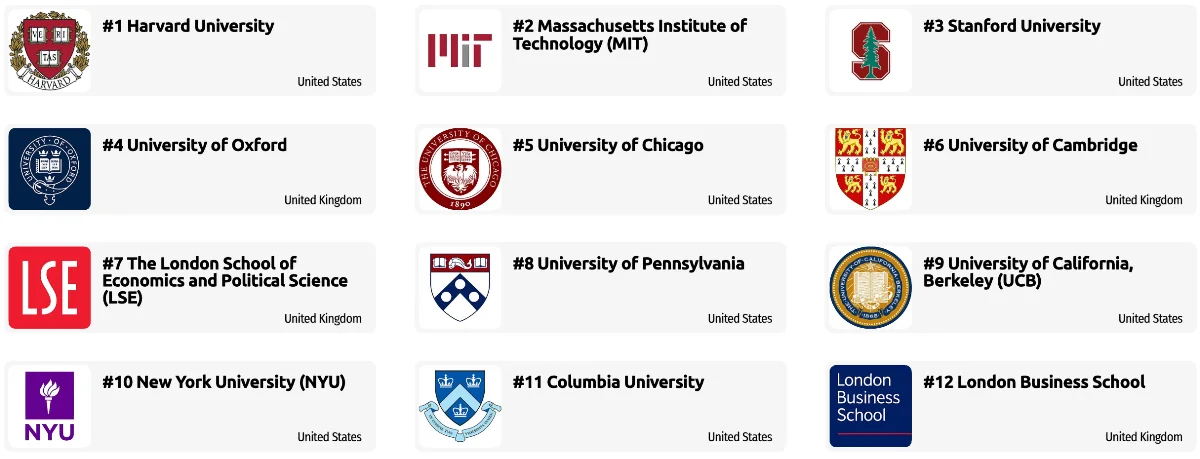Inspector

Inspectors should be great at:
- Estimating sizes, distances, and quantities; or determining time, costs, resources, or materials needed to perform a work activity.
- Observing, receiving, and otherwise obtaining information from all relevant sources.
- Identifying information by categorizing, estimating, recognizing differences or similarities, and detecting changes in circumstances or events.
- Inspecting equipment, structures, or materials to identify the cause of errors or other problems or defects.
Analyst

Analysts will often perform the following tasks:
- Identifying the underlying principles, reasons, or facts of information by breaking down information or data into separate parts.
- Using relevant information and individual judgment to determine whether events or processes comply with laws, regulations, or standards.
- Assessing the value, importance, or quality of things or people.
- Compiling, coding, categorizing, calculating, tabulating, auditing, or verifying information or data.
Other work activities related to Financial examiners
- Providing regulatory compliance training to employees.
- Investigating activities of institutions for enforcing laws and regulations and for ensuring legality of transactions and operations or financial solvency.
- Reviewing and analyzing new, proposed, or revised laws, regulations, policies, and procedures for interpreting their meaning and determining their impacts.
- Planning, supervising, and reviewing working of assigned subordinates.
- Recommending actions for ensuring compliance with laws and regulations, or for protecting solvency of institutions.
- Examining the minutes of meetings of directors, stockholders and committees for investigating the specific authority extended at various levels of management.
- Preparing reports, exhibits and other supporting schedules that detail an institution’s safety and soundness, compliance with laws and regulations, and recommended solutions to questionable financial conditions.
- Reviewing balance sheets, operating income and expense accounts, and loan documentation to confirm institution assets and liabilities.







